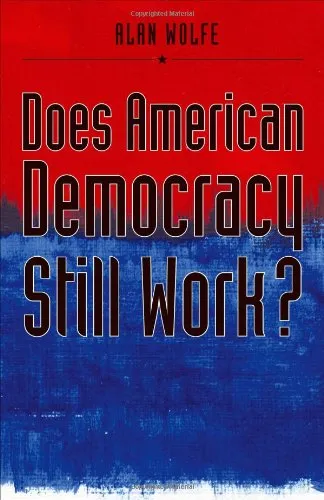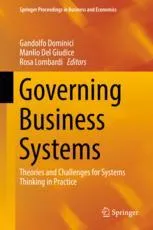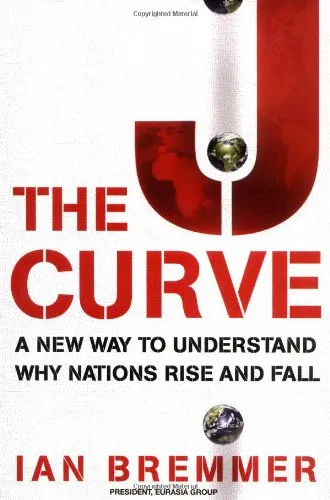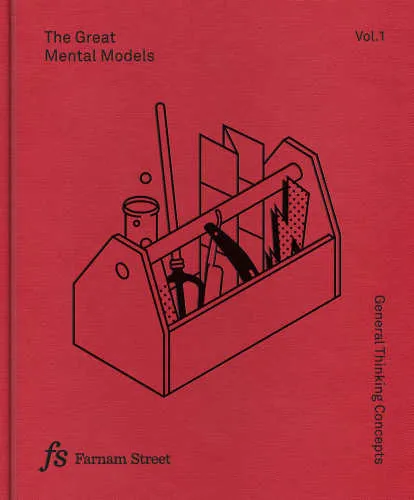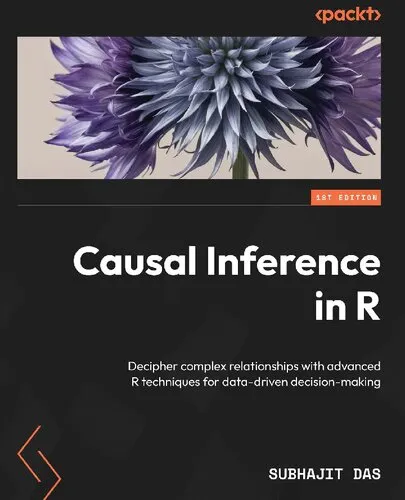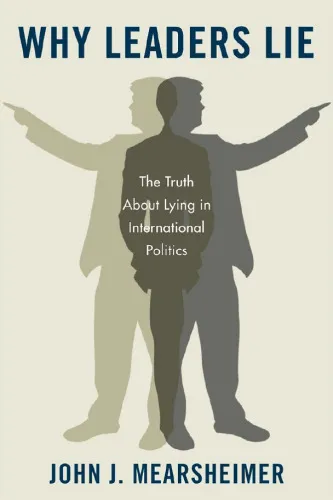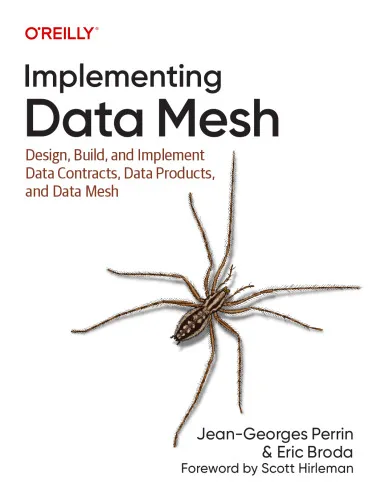Public Choicepp.283—308
4.5
Reviews from our users

You Can Ask your questions from this book's AI after Login
Each download or ask from book AI costs 2 points. To earn more free points, please visit the Points Guide Page and complete some valuable actions.Related Refrences:
Analytical Summary
The section Public Choicepp.283—308 offers a deep, structured exploration of how individual incentives shape public decision-making, revealing both the subtle mechanics and broad implications of collective governance processes. Written with academic rigor, these pages stand out as a concentrated examination of the interplay between economic reasoning and political structures.
Within these pages, readers find an incisive dissection of institutional design, voter behavior, and bureaucratic decision-making. Drawing from the field of political economy, the text demonstrates that public decisions are not merely the product of abstract ideals, but the outcome of strategic interactions among self-interested agents within specific institutional frameworks.
This segment situates itself within the broader discipline of decision-making theory by focusing on methodological clarity. Models of rational choice are presented not as dogma, but as analytical tools that, when applied judiciously, can illuminate the trade-offs between efficiency, equity, and feasibility in public policy.
While some historical context is provided, the emphasis remains firmly on theoretical and empirical connections. The treatment of incentives, constraints, and information asymmetries lays out a compelling case for why the economic approach to politics remains both relevant and necessary for understanding governance in practice.
Key Takeaways
For scholars, policymakers, and students alike, Public Choicepp.283—308 crystallizes several enduring insights about the functioning of political systems and the limits of collective rationality.
First, incentives matter profoundly: the alignment—or misalignment—of personal and collective goals often determines policy outcomes. Second, institutions are not neutral; their structure can predetermine which voices are amplified or marginalized. Third, public policies emerge from strategic calculation, not just from philosophical reasoning. Fourth, transparency and accountability mechanisms are crucial to mitigate inefficiencies. Fifth, robust theoretical frameworks enable practitioners to anticipate potential unintended consequences of well-meaning policies.
Memorable Quotes
Several statements in this section encapsulate the essence of the public choice perspective, offering succinct reminders of its core tenets.
"Policies are the product of many hands, yet shaped by the grasp of self-interest." Unknown
"The architecture of institutions defines the boundaries of political possibility." Unknown
"Incentives whisper quietly, yet they steer the loud machinery of governance." Unknown
Why This Book Matters
Public Choicepp.283—308 is more than a chapter segment; it is a gateway to understanding how political outcomes are often grounded in economic logic, reframing debates about democracy, governance, and reform.
By situating political phenomena within the framework of choice and constraint, the work empowers readers to critically evaluate policy proposals and institutional reforms. It bridges the gap between theoretical abstraction and tangible application, making it an invaluable resource both in academic discourse and in practical policymaking.
Secondary keywords like “political economy” and “decision-making theory” are not just thematic descriptors here; they are central to the chapter’s intellectual architecture. The analyses contained within demonstrate that understanding collective decisions requires tools from both economics and political science.
Information unavailable: Specific publication details for this section—such as its standalone publication year—are not present in any reliable public source, limiting biographical context but not diminishing analytical value.
Inspiring Conclusion
Engaging with Public Choicepp.283—308 is not merely an academic exercise—it is a step toward clearer, more critical thinking about the forces shaping our shared political life.
By drawing attention to the subtle but potent role of incentives, the structural biases of institutions, and the calculated strategies of actors, this section inspires its audience to move beyond surface-level narratives. It challenges readers to apply these insights to current debates, whether in legislative chambers, civic discussions, or policy design.
The invitation here is simple yet profound: read, reflect, and share the frameworks outlined in Public Choicepp.283—308. Discuss them with colleagues, debate their implications, and consider how they might inform more equitable and effective governance. The next step belongs to you.
Free Direct Download
You Can Download this book after Login
Accessing books through legal platforms and public libraries not only supports the rights of authors and publishers but also contributes to the sustainability of reading culture. Before downloading, please take a moment to consider these options.
Find this book on other platforms:
WorldCat helps you find books in libraries worldwide.
See ratings, reviews, and discussions on Goodreads.
Find and buy rare or used books on AbeBooks.
1017
بازدید4.5
امتیاز50
نظر98%
رضایتReviews:
4.5
Based on 0 users review
"کیفیت چاپ عالی بود، خیلی راضیام"
Questions & Answers
Ask questions about this book or help others by answering
No questions yet. Be the first to ask!


